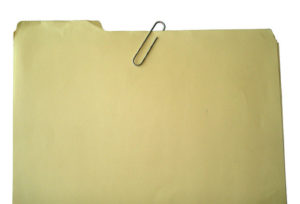 If you are lucky, when you begin a new job, you will find a continuity folder on the desk or on the computer to help you complete your work. The exact name of this folder will depend on your workplace. It can be called a continuity folder, binder, portfolio, or book; standard (or standing) operating procedures; or a transition book.
If you are lucky, when you begin a new job, you will find a continuity folder on the desk or on the computer to help you complete your work. The exact name of this folder will depend on your workplace. It can be called a continuity folder, binder, portfolio, or book; standard (or standing) operating procedures; or a transition book.
Inside this folder, you will find documents and information that will help you complete your work. The contents can include:
- mission statements and goals
- position responsibilities
- system and social media login information
- advice and tips
- schedules, timelines, and calendars
- instructions, protocols, and procedures
- templates and examples
- checklists
- budget and funding information
- inspection reports
- organization charts and info on personnel
You will use this folder to guide your daily work, and one of your on-going tasks will be to keep the contents of the folder up to date. In the event that you are not available, the person filling in for you will use the folder to determine what to do and how to do it. When you move to another position, the next person in the position will use the information that you leave in the folder.
The Writing Activity
If you were contributing to a Continuity Folder for students taking this course in the future, what would you include and why? You can share the advice you would include in the folder, or you can describe whatever you would add to the folder. You are not limited to a single thing. If you want to mention more than one item or piece of advice, that’s fine.
Image credit: folder by Christian Guthier on Flickr, used under a CC-BY 2.0 license
 Our #WednesdayWrite is a little different this week. It’s that time of the semester when all your teachers beg you to complete the SPOT survey, and I want to tell you a little bit about how we use your feedback in my department.
Our #WednesdayWrite is a little different this week. It’s that time of the semester when all your teachers beg you to complete the SPOT survey, and I want to tell you a little bit about how we use your feedback in my department.  The Lifehacker article “
The Lifehacker article “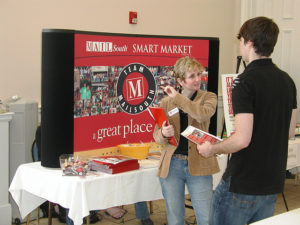 This week’s #WednesdayWrite is simple. You have applied for various things up to this point in your college career—jobs, internships, clubs, special organizations, colleges, and so forth.
This week’s #WednesdayWrite is simple. You have applied for various things up to this point in your college career—jobs, internships, clubs, special organizations, colleges, and so forth. 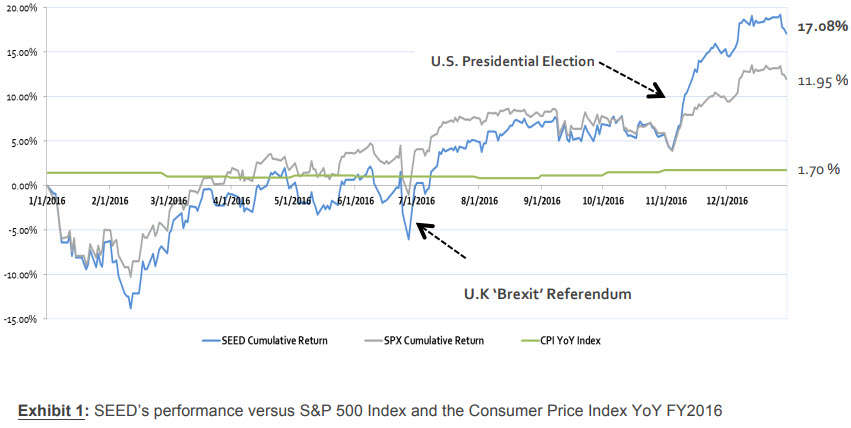
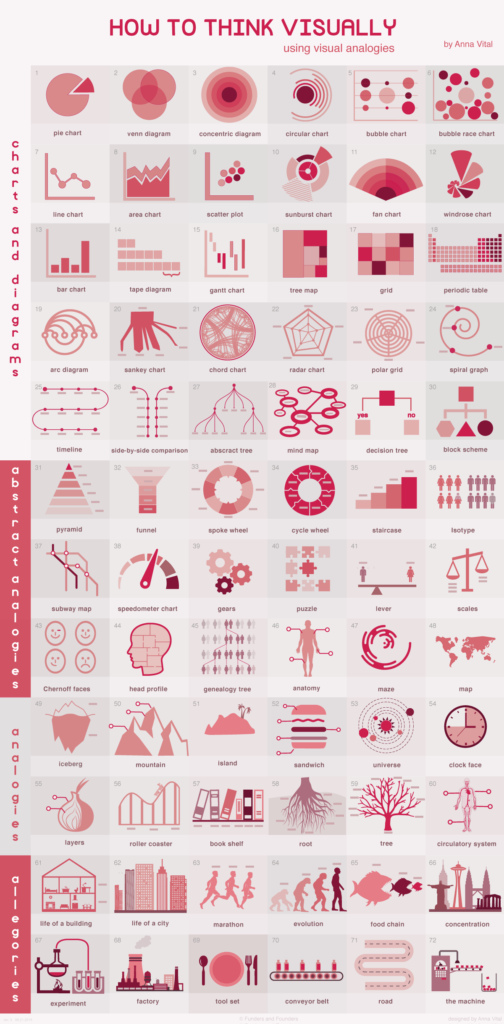
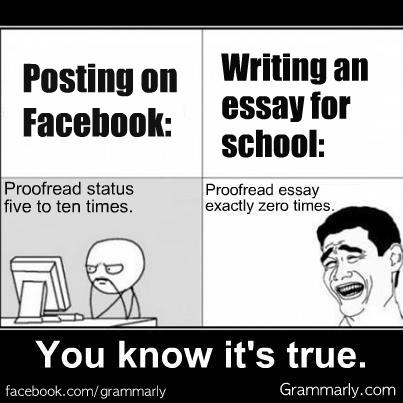 For your #WednesdayWrite, I have a meme for you, on the right side of the post. I know that you are writing proposals and reports (instead of essays), but the idea probably still applies.
For your #WednesdayWrite, I have a meme for you, on the right side of the post. I know that you are writing proposals and reports (instead of essays), but the idea probably still applies. 
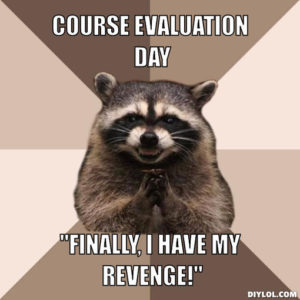 Since it’s the middle of the term, I want to invite you to tell me how you feel about the course so far. Here are three ways to respond:
Since it’s the middle of the term, I want to invite you to tell me how you feel about the course so far. Here are three ways to respond:  This week’s #WednesdayWrite should be fun and easy for everyone. You probably remember yearbook or senior superlatives from your days in high school. In case you didn’t go to high school in the US, let me explain with some examples.
This week’s #WednesdayWrite should be fun and easy for everyone. You probably remember yearbook or senior superlatives from your days in high school. In case you didn’t go to high school in the US, let me explain with some examples. 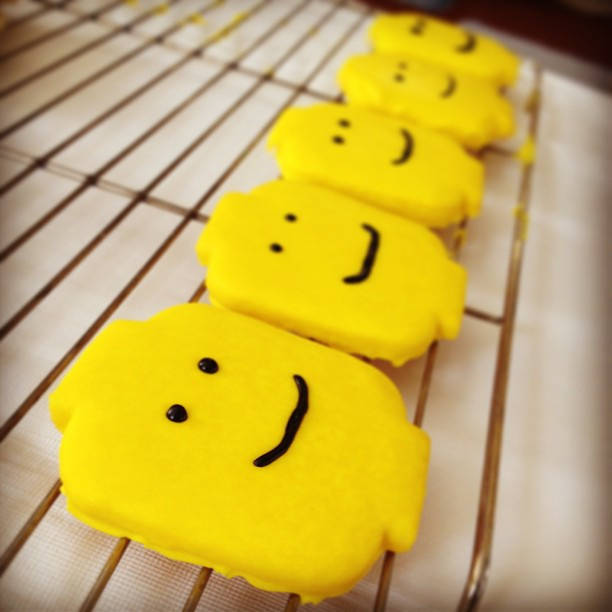 One of the limitations of sharing examples of a project with classes is that everyone then turns in nearly identical projects. Students take the examples as the only way to do the project, so they complete their work so that it looks precisely the same.
One of the limitations of sharing examples of a project with classes is that everyone then turns in nearly identical projects. Students take the examples as the only way to do the project, so they complete their work so that it looks precisely the same.